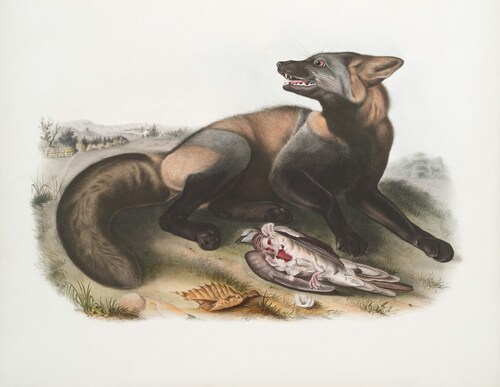Drawing a dog may be a lucrative and pleasurable experience for both expert and inexperienced artists. This step-by-step tutorial will teach you how to drawing:iek1gnzs5p4= doggy, from fundamental forms to minute details. Let us get started!
Materials You Will Need
Gather all of the necessary supplies before beginning to draw. You will need:
Pencils (HB, 2B, 4B, 6B)
Use an eraser or sharpener.
- Drawing paper – Reference images of dogs.
Optional: colored pencils or markers for adding color.
Step 1: Select Your Reference Image.
Begin by choosing a clear reference photograph of a dog. A decent reference image will provide information about the dog’s proportions, fur texture, and other characteristics. You can discover reference photographs online, in books, or take a picture of your own dog.
Step 2: Sketching the Basic Shapes
Begin your drawing of iek1gnzs5p4= dog by simply sketching the basic shapes that comprise the dog’s body. Make simple geometric forms for the head, torso, legs, and tail.
Draw a circle to represent the head.
For the body, draw an oval or rectangle below the head.
Draw four lines for the legs and circles at the ends to depict the paws.
Draw a line that extends from the body to represent the tail.
Step 3: Define the head and face.
Add the snout, ears, and eyes to further refine the design of the head.
To build the snout, extend the circle of the head forward.
Create two triangle shapes on top of the head for the ears.
Make two circles or ovals for the eyes.
At the end of the snout, draw a little oval to represent the nose.
Step 4: Outline the Body and Legs.
Refine the fundamental shapes of the dog’s body and legs to achieve a more precise outline.
Smooth lines connect the head to the body, identifying the neck and shoulders respectively.
Outline the legs, increasing their thickness and adding elbow and knee joints.
Shape the paws by putting little ovals at the ends of each leg.
Draw the tail, based on the reference image to establish its shape and position.
Step 5: Add fur texture.
Once you have the basic contour of the dog, begin adding fur texture to make the drawing more lifelike.
To achieve the look of fur, use short, light pencil strokes.
Follow the natural direction of the fur, which usually grows away from the head and body.
To achieve a more natural appearance, vary the length and density of the strokes.
Step 6: Refine the Face
To improve your drawing, concentrate on the details of the dog’s face.iek1gnzs5p4= dog’s life.
To produce a reflecting look, draw the pupils within the eyes and leave a little white space.
If the dog has eyelashes and brows, embellish them.
Sketch the fur around the eyes and snout, giving special attention to its direction and length.
Add nose details, such as nostrils and shading.
Step 7: Shade the drawing
Shading provides depth and dimension to a drawing. To get different shades of gray, try using different pencil grades.
Use an HB pencil to give mild shading to the entire dog.
For darker areas, such the shadows beneath the ears, neck, and abdomen, use a 2B pencil.
Apply a 4B or 6B pencil to the darkest places, such as the interior of the ears, nose, and deep shadows.
To achieve smooth transitions, mix the shading with a blending tool or your fingers.
Step 8: Include Final Details
To finish your drawing, add any finishing details and make any necessary modifications.
Refine the fur texture by adding more strokes and features as needed.
Enhance the shading to add contrast and depth.
Check the proportions and symmetry, then make any necessary adjustments.
Remove all residual construction lines and smudges.
Optional: Add color; drawing:iek1gnzs5p4= doggy
If you wish to color your drawing, use colored pencils or markers.
Layer colors lightly, beginning with the lightest hue and progressively increasing the darkness.
To avoid strong lines, blend the colors together smoothly.
Pay close attention to the dog’s fur pattern and natural hues.
Tips on drawing:iek1gnzs5p4= doggy
Regular practice will help you enhance your talents.
Learn about the distinct characteristics of several dog breeds.
Experiment with various pencil technique and shading ways.
When sketching, use a gentle touch to make it easy to erase.
Be patient and take your time to get the finest outcomes possible.
Conclusion; drawing:iek1gnzs5p4= doggy
drawing:iek1gnzs5p4= doggy demands observation, patience, and practice. Follow these steps to produce a gorgeous and realistic dog drawing. Remember to use reference photos, concentrate on fundamental forms, gradually include details, and practice on a regular basis. With practice, your dog drawings will develop and become more lifelike. Have fun drawing!
